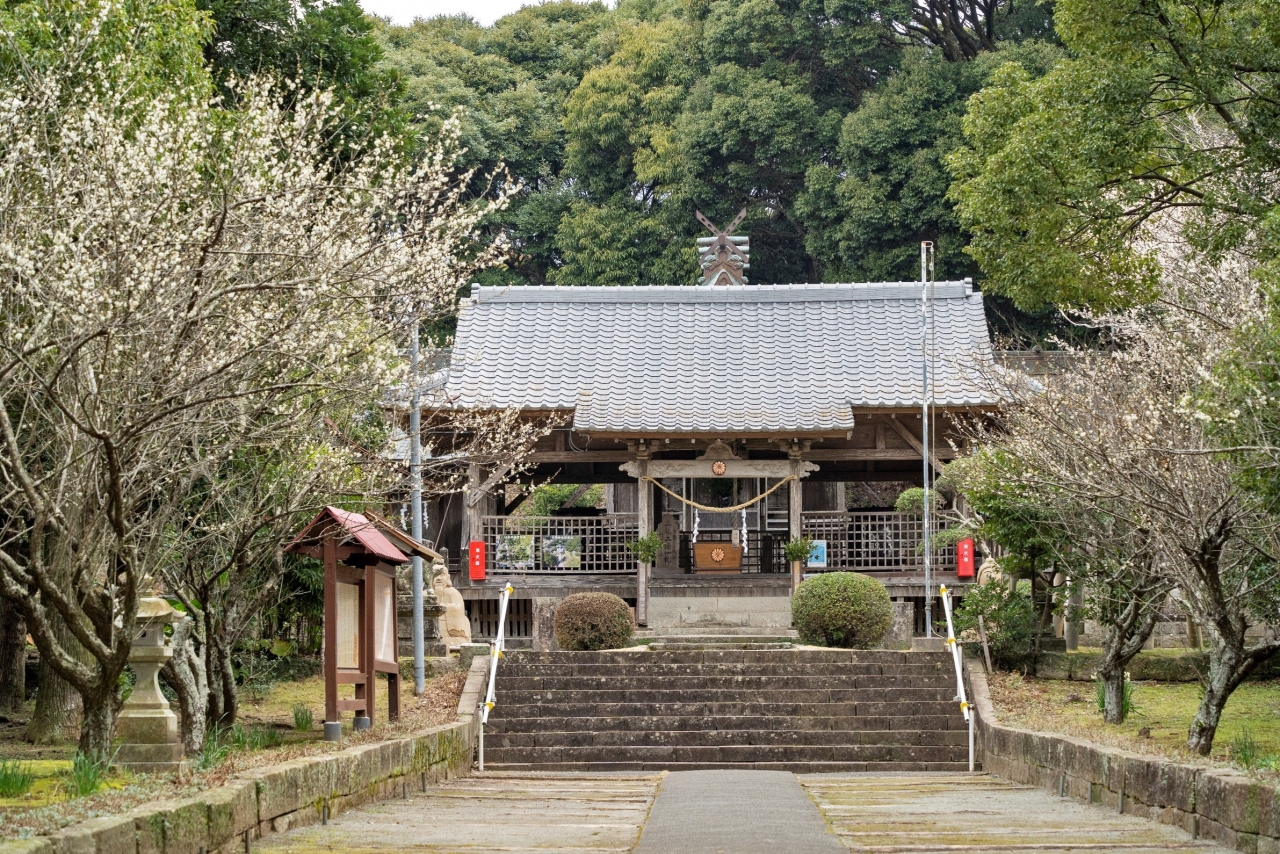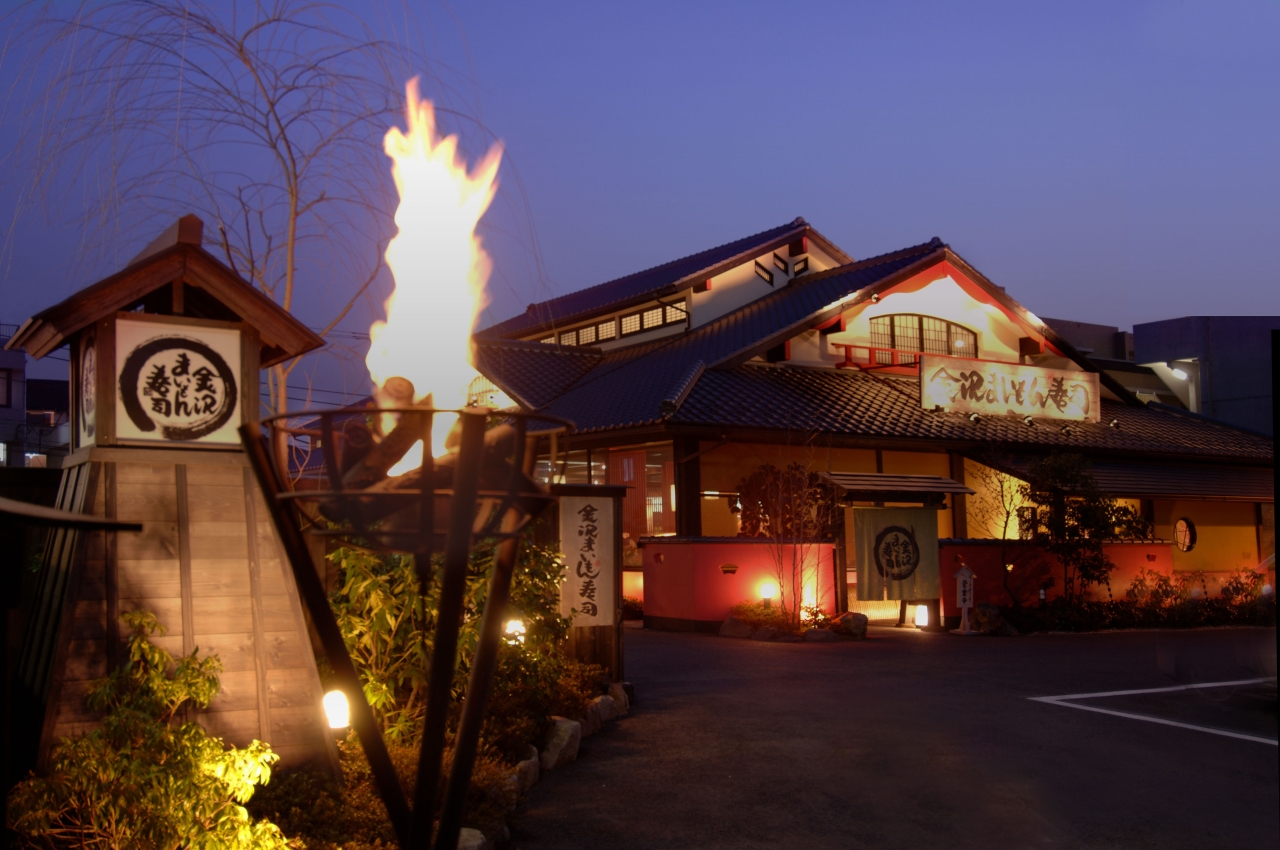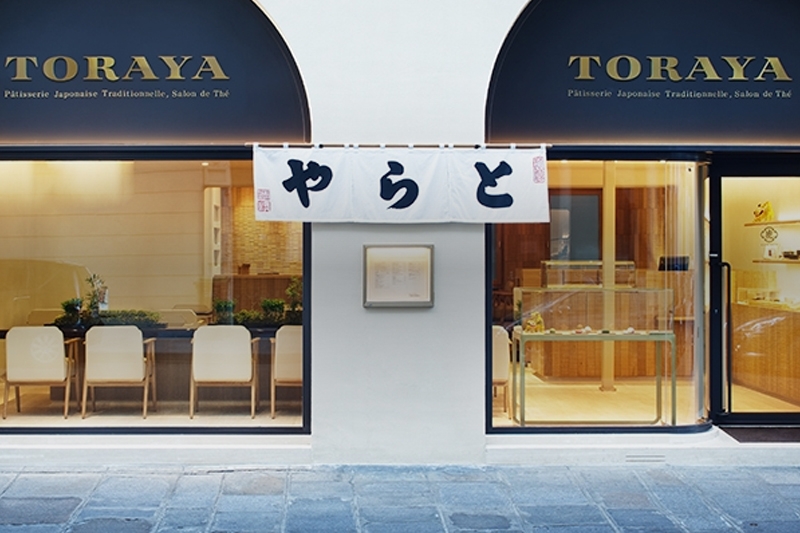
# Overseas Expansion
CASE STUDY
We will introduce examples of initiatives that convey the appeal of Japan to the world.

24 Living Alongside Indigo. New Stories from Tokushima Featuring Japan Blue.

18 A Pioneering Spirit to Spread Satsuma Shochu Worldwide―Satsuma

17 Building a Future for Kuma Shochu through the Passion and Strategies of Local Distilleries Hitoyoshi Kuma

16 SUSHI×TECHNOLOGY Pioneering the Future of Food Culture from Kanazawa.

12 Diverse Flavors Brewed by a Fourth Generation Female Master Brewer Carrying the Traditions and Techniques of the Hiroshima-toji into the Future

11 Toraya—Aiming for the Future as an Establishment Steeped in History and Tradition

10 Developing a Dried Sweet Potato Export Business in Africa

9 The Importance of the Capacity to Change

8 Hand down the process of soy sauce from each region worldwide

7 Become a Kurabito. Enhancing the Value of Japanese Sake through a New Form of Sake Brewery Tourism

6 Year-long Grape Production in the Northern and Southern Hemispheres to Transform Japanese Agriculture and Create New Lifestyles

2 Brewing the Future of Sake
COLUMN
This is a column that allows you to rediscover the charm of Japan from various angles.
キーワードから探す
- すべて
- Ryotei & Restaurants
- Lodging/Hotels
- Producers
- Technology
- DX (Digital) & SNS
- City Planning
- Utilization
- Gastronomy and Culinary
- Japanese Nature
- Japanese history and traditional culture
- Japanese Food Culture
- Agriculture
- Fisheries
- SDGs
- Local production for local consumption
- Foreigner Activation
- Experience
- Overseas Expansion
- Fermentation
- Public-private partnerships and collaborations
- Sake
- Community Revitalization
- Spirituality
- Japan of the Sea
- Mountain Japan




